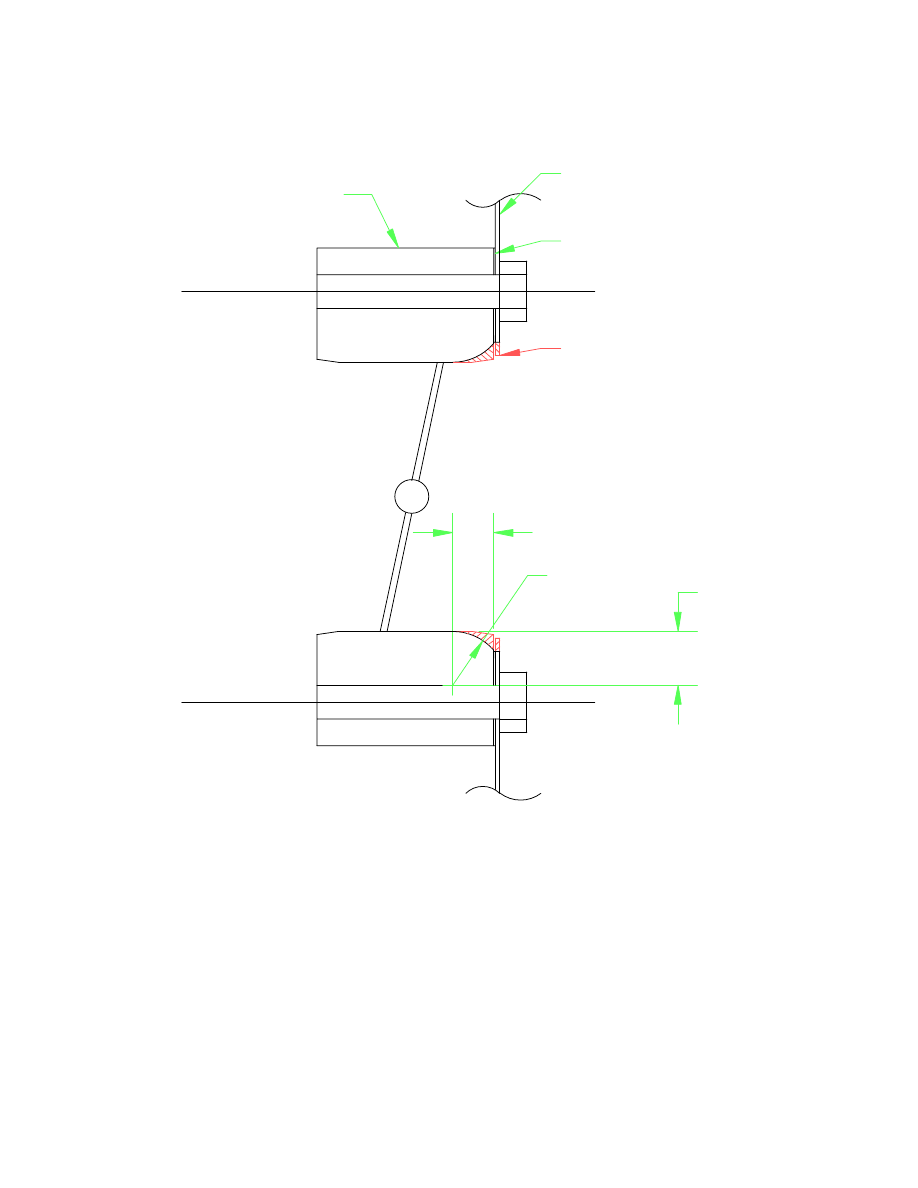Jaguar XJ-S. Service manual - part 29

111
Enlarge the opening in the air filter housing to 2-13/16”. The gaskets typically are already this size, but final trimming
can be done after assembly by using a razor knife before installing the filter.
This modification has not yet been tried, so performance improvements are unquantified. In theory, this mod can
provide an airflow improvement (and hence a horsepower increase) of several percent. Considering the proximity of
the blanked-off section of the air filter, the improvement may be even more significant. There should be no change in
R1/2"
3/8"
1/2"
REMOVE MAT'L
AS SHOWN
GASKET
AIR FILTER
HOUSING
BUTTERFLY
HOUSING
Figure 8 - Butterfly Housing Airflow Improvement